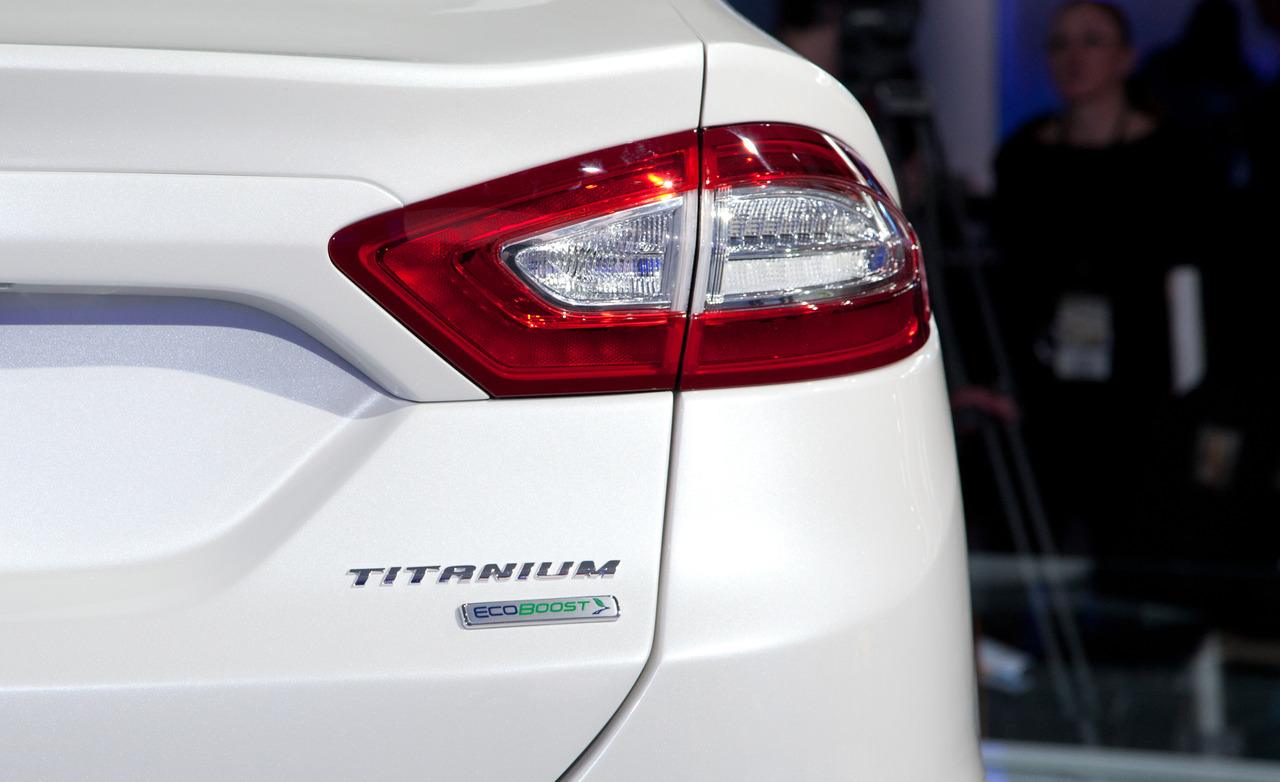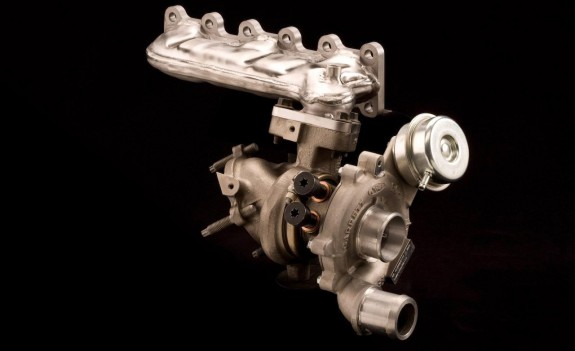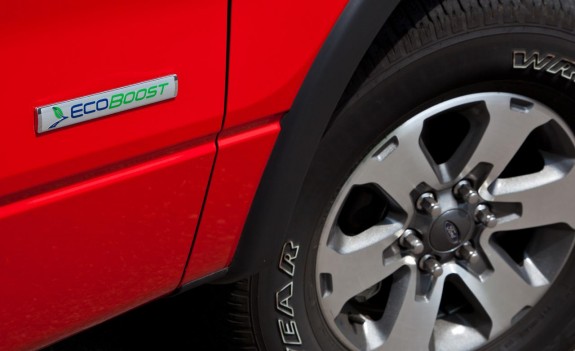Stupid Technology: EcoBoost engines

With consumers driving demand for high-tech cars, it can be daunting to sort through the list of innovations that. Many of the new technologies, like Bluetooth hands-free technology, has been well received industry-wide. Others are just costly, useless inventions with fluffy names that consumers will likely regret buying. This series is for consumers who are tired of doing research, and just want someone to tell them what not to waste money on. The first part of this series concentrates on reduced displacement, turbocharged engines. Ford in particular has concentrated on EcoBoost technology – using a smaller engine with a turbocharger. This is said to provide relatively high levels of power while providing great fuel economy. However, some EcoBoost engines are part of the options list, costing lots of extra money. Nonetheless, others seem to believe in this method, with Chevrolet, Hyundai, Audi, BMW and Dodge all introducing their own versions of smaller, turbocharged engines. However, that doesn’t mean that EcoBoost is a runaway success.
Understanding the concept of turbocharging is crucial to revealing why EcoBoost may still be a failure. Non-turbo engines allow heat energy to escape via the exhaust gases. All of this heat energy was produced by burning fuel – thus, recovering this heat energy is crucial to improving thermal efficiency (leading to better fuel economy). The turbocharger takes this waste heat and uses it to produce a stream of compressed air for the engine. The engine can fit more compressed air into a cylinder, allowing more power to be produced from the same engine. For example, the Chevy Cruze uses a 1.4L turbocharged 4 cylinder that produces 138HP. The same engine is used in the Volt, sans turbocharger and with some efficiency tweaks (ie. Atkins cycle), but only produces ~87HP in that application. Clearly, turbocharging can produce more power.

When called upon, this little turbocharger from a 3.5L EcoBoost V6 can spin up to 170,000RPM - at the cost of high fuel consumption.
The problem is, the 1.4L in the Cruze achieved 38-42MPG in EPA tests, but only gave me a high of 34MPG on the open road - and that was at a 70MPH average speed. One all-highway tank on Interstate 10 dipped below 30MPG. What causes this discrepancy? See, most people believe that turbochargers simply recover the heat energy that would be going out the exhaust anyway. That’s true, except that in naturally aspirated engines, the exhaust heat doesn’t have enough energy to compress much air at all. Engineers combat this by increasing combustion temperature artificially – basically, by injecting a lot more fuel. Yes, that’s right – today’s turbos produce their power by using more fuel - where else would power come from? The problem with my rental Cruze was that at higher speeds, the turbo was always producing boost so the car could battle aerodynamic drag. This boost meant it needed more fuel – a condition that didn’t show up during the EPA’s lower speed fuel economy tests.
The boost problem also showed up in PickupTrucks.com test of the F-150 EcoBoost. They wanted to see how the EcoBoost engine stacked up in terms of fuel economy, both while unloaded and while towing. They took two identical EcoBoost trucks, hooked one up to a 9000lb trailer, and went on a road trip. Their results? The unloaded truck lived up to expectations, with an average of 21MPG. But the truck that towed got a paltry 8.5MPG. That’s pretty harsh when you consider that diesels like my 7.3L PowerStroke with the same combined weight can get ~12MPG, or an improvement of 40%! The Ecoboost F-150 also produced extra tailpipe soot – a sure sign of the extra fuel needed to properly run a turbocharged engine under high load. For these reasons, PickupTrucks.com recommends the 5.0L V8 for towing, because a separate test of that engine towing 9000lbs resulted in 9.42MPG (11% better).
Clearly, turbocharged engines produce worse fuel economy when placed under high load. That’s why it scares me that Ford is trying to introduce a 1.0L EcoBoost 3 cylinder for the Fiesta/Focus, and a 1.6L EcoBoost 4 cylinder for the Fusion. These two engines are applying the EcoBoost concept in the wrong way. The engines can definitely provide enough power for the vehicles, but at what cost? They are too small to produce the power without a turbo, so in the city and on higher speed highways, they will almost always be leaning heavily on the turbo. With the turbo producing boost, the fuel economy is sure to suffer and be a long ways off from their EPA ratings. Consumers will not be happy.
So what is the proper application for the EcoBoost engines? The F-150 was not a horrible application, but Hyundai’s Sonata 2.0T is a better implementation. Hyundai started with an engine that could adequately power the Sonata, even without a turbo. The car would be slow, but it would be adequate. Then, they turbocharged that engine to give it V6 levels of power when the driver wants to call on it. Under normal conditions, the car would get 4-cylinder fuel economy, while still providing V6 power when it was needed. Instead, Ford is trying to take an undersized engine, and turbocharge it to adequately power the vehicle. This guarantees that the turbo will be working hard to provide normal power levels, while needing more fuel to feed the turbo’s desire for hot exhaust.
Verdict: Ford is squandering a good technology by applying it improperly in its volume sellers.
(Pictures from Car & Driver)


